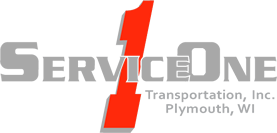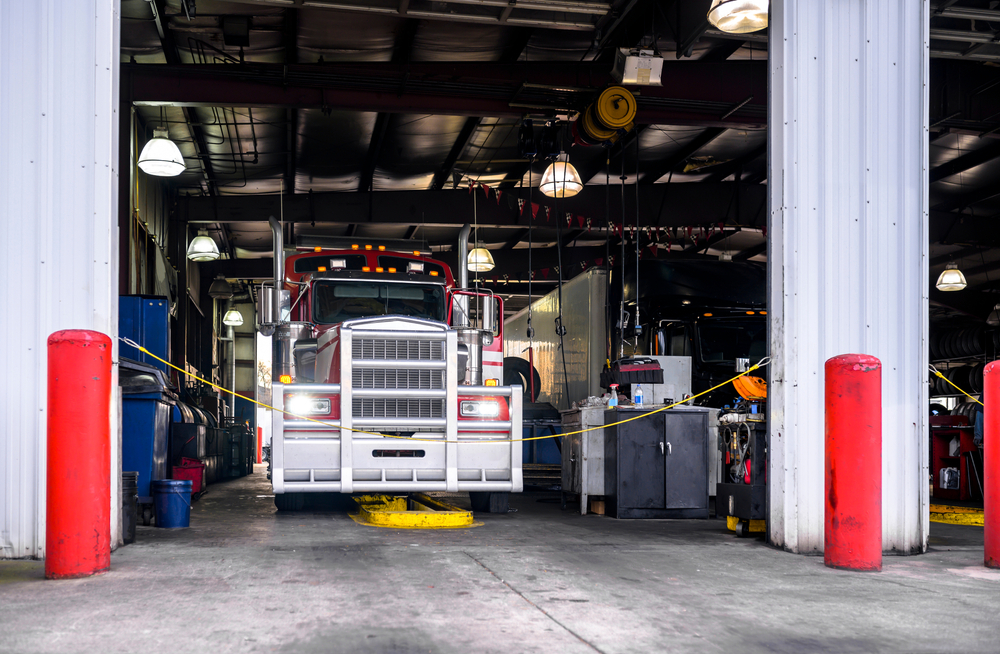The trucking industry plays a crucial role in the economy, transporting goods from one location to another. However, it’s also an industry heavily regulated by various government agencies, especially the Department of Transportation (DOT). These regulations are designed to ensure the safety of both truck drivers and the general public. But navigating through these rules can be challenging for anyone new to the industry or even seasoned veterans. This comprehensive guide aims to simplify the most critical aspects of trucking regulations, focusing on compliance, licensing, and DOT rules.
Understanding Trucking Regulations
Trucking regulations are upheld by various federal and state agencies, with the primary regulatory entity being the Federal Motor Carrier Safety Administration (FMCSA), a division of the Department of Transportation (DOT). The FMCSA’s key goal is to decrease accidents, injuries, and fatalities that involve large trucks and buses.
These regulations encompass a wide range of areas, including driver qualifications, hours of service, vehicle maintenance, cargo securement, transportation of hazardous materials, and more. Non-compliance with these rules can result in substantial penalties, such as fines, out-of-service orders, and loss of operating authority. Therefore, it is crucial for trucking companies and drivers to have a comprehensive understanding of these regulations and ensure compliance.
Compliance: Staying On the Right Side of the Law
Compliance with trucking regulations starts with understanding the requirements. These requirements can be found in the FMCSA’s “Federal Motor Carrier Safety Regulations” (FMCSR), which is available online. It’s crucial to familiarize yourself with this document and keep up-to-date with any changes.
One of the most critical aspects of compliance is maintaining accurate records. This includes logbooks for recording hours of service, maintenance records for all vehicles, records of driver qualifications, and more. Many trucking companies now use Electronic Logging Devices (ELDs) to automate this process, making it easier to track hours of service and other data.
Another key aspect of compliance is regular inspections. Trucks must be inspected at least once a year by a qualified inspector, and drivers are required to conduct pre-trip and post-trip inspections every day. These inspections help ensure that vehicles are in safe operating condition and comply with all regulations.
Licensing: Getting the Right Credentials
Before you can operate a commercial motor vehicle (CMV), you need to obtain a Commercial Driver’s License (CDL). To get a CDL, you must pass a series of written and skills tests, and you may need additional endorsements for certain types of vehicles or cargo.
In addition to a CDL, trucking companies must also have an operating authority from the FMCSA. This involves obtaining a USDOT Number, which is used to track a company’s safety information, and a Motor Carrier (MC) Number, which grants the authority to operate as a for-hire carrier.
DOT Rules: Ensuring Safety on the Roads
The DOT enforces a variety of rules designed to ensure the safety of truck drivers and the general public. One of these rules is the Hours of Service regulations, which limit how long drivers can work to prevent fatigue-related accidents.
Another important DOT rule is the Drug and Alcohol Testing program. This requires all CDL drivers to undergo random drug and alcohol testing to ensure they are not operating under the influence.
Lastly, the DOT also enforces rules regarding the transportation of hazardous materials. These rules dictate how such materials must be packaged, labeled, and transported to minimize the risk of accidents.
Summing Up: Safety and Compliance in Trucking
Getting through the trucking industry’s regulatory landscape can be a bit of a challenge, but it’s super important for keeping things safe and avoiding penalties. By understanding and complying with these rules, trucking companies and drivers can contribute to safer roads and a more efficient transportation system. Remember, staying informed about changes in regulations and maintaining accurate records are vital components of regulatory compliance.
By following this guide, you’ll be well on your way to understanding the complex world of trucking regulations. Remember, the road to compliance starts with knowledge. Stay informed, stay safe, and keep on trucking!

